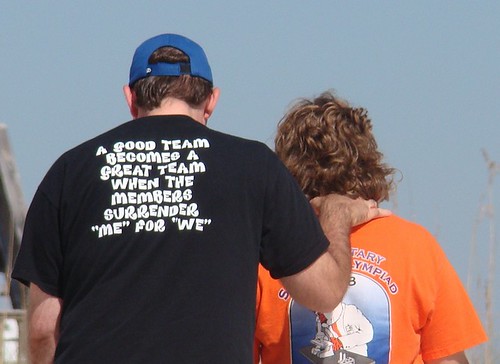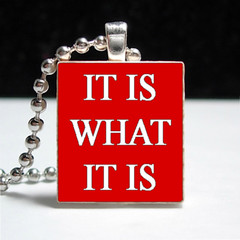At the Leadership for Tomorrow Conference, sponsored by Ohio State Cooperative Extension, the Honorable Joyce Beatty, an accomplished, confident, energetic, vibrant Ohio leader, told us about her personal philosophy of leadership. In her story, she often referred to her husband as a good husband—emphasizing good. And then, she let us know how he is a really great husband.
She told us about how in her 40s she suffered a stroke, paralyzing her body and preventing her from speaking. While in the hospital after the stroke, the doctors came in talk to her husband. She laughs about how they closed the curtain, for privacy, but she could hear every word. The doctor explained to her busy, successful husband (her good husband) that Joyce may not walk again, will have several disabilities and will need constant care. They suggested that he put her in a nursing home. Though Joyce could not move nor could she speak, she could hear every word. After her husband listened, he told the doctor “No, I will take her home.”
She exclaims: “My husband is not a good husband, but a great husband.” Through much physical therapy and treatment, her own determination, support from her husband, Joyce now walks, talks (and she can talk!), keeps audiences entertained, inspires others, and provides strong leadership to the state of Ohio.
Since the conference, I have listened and observed instances where I can identify great relationships. A new colleague (and friend) and I were commenting on how tired we were at a conference and how we both wanted to get home. In doing so, he said simply but with deep compassion in his voice, “I miss my wife”. It was clear he and his wife have a great relationship and they yearn for each other, even after more than 25 years of marriage.
A great relationship develops into a great team. In the picture (taken 2008), Johnny had been fighting a brain tumor for a few years. The shirt perfectly demonstrated them as a couple. He probably would say today, that it is definitely depicts his wife’s attitude as he struggled through his illness. There on the beach, Tracy was supporting him as he could not lift his left leg through the sand.
“A good team becomes a great team when members surrender “me” for “we”.
In Johnny’s final days with his family, I commented to his her. “You are doing so well, handling all that needs to be done, caring for him, staying calm, and being a rock for your family.” Not surprising, her response was: “You do what you have to do”.
Those who are great partners don’t consider how great they are, they think their steadfast dedication is normal. However, that constant, hardworking, deep-seeded dedication is rare. Great relationships are rare. Great relationships happen because the individuals go beyond what is expected and a constantly selflessly thinking of the other—without keeping score.
As the tumor took its toil through the years, Johnny adjusted. His role changed, and he fully used his talents to best of his abilities. No longer able to work, he coached his kids in recreation and travel ball, and served as an assistant coach for the local junior high girls basketball team for four years. He also challenged the local community to serve all kids, particularly kids of limited income, through recreation activities and facilities.
To Johnny, may you rest in peace knowing that you impacted many through your life, your passions, your hardheadedness, and your actions which always matched your principles and values.
To Tracy, thanks for giving us a a model in how to handle the toughest of situations with dedication, grace, balance, and unwavering love and commitment.
The photo can be found http://www.flickr.com/photos/aafromaa/3003187768/




